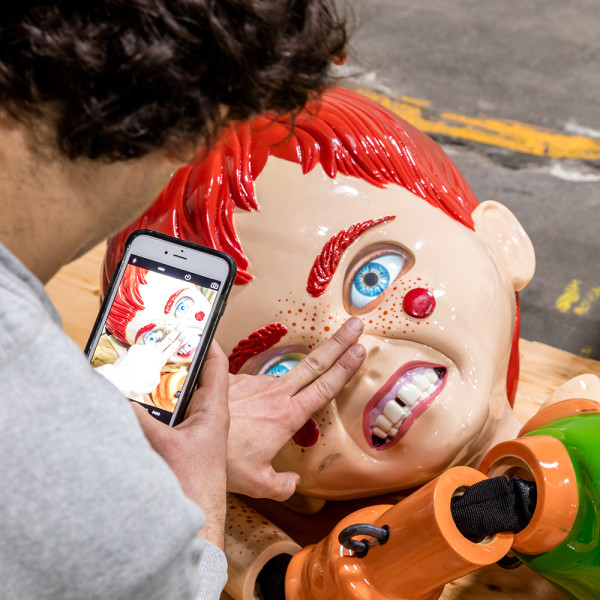David Zwirner: The Art Dealer Repping Classics and Making Contemporaries
By Something CuratedDavid Zwirner has become one of the most iconic dealers and gallerists of the contemporary art scene. As a key representor of both modernist household names like Donald Judd and Dan Flavin, Zwirner also courts new talent emerging from the foundations set by the former.
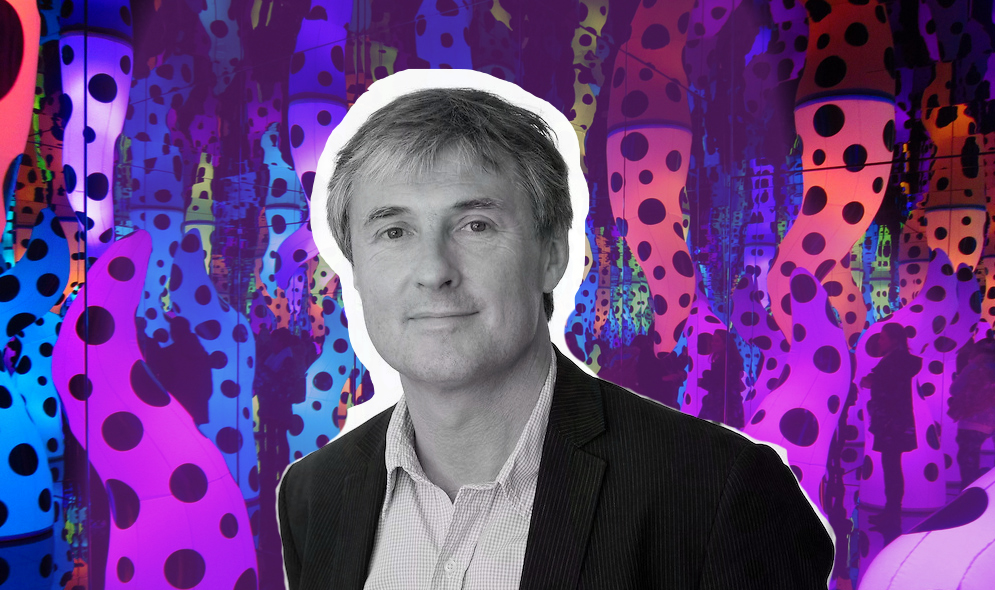
With galleries in New York and London and a potential expansion East into Hong Kong, Zwirner simultaneously props up past legacies through sales to private collections and carves a space in the global art market to nurture previously unheard of names through fairs and exhibitions. Zwirner’s stuck with this inimitable strategy since his first gallery opened in the early 90s and it’s earned him a key position in shaping the future of the contemporary art world.
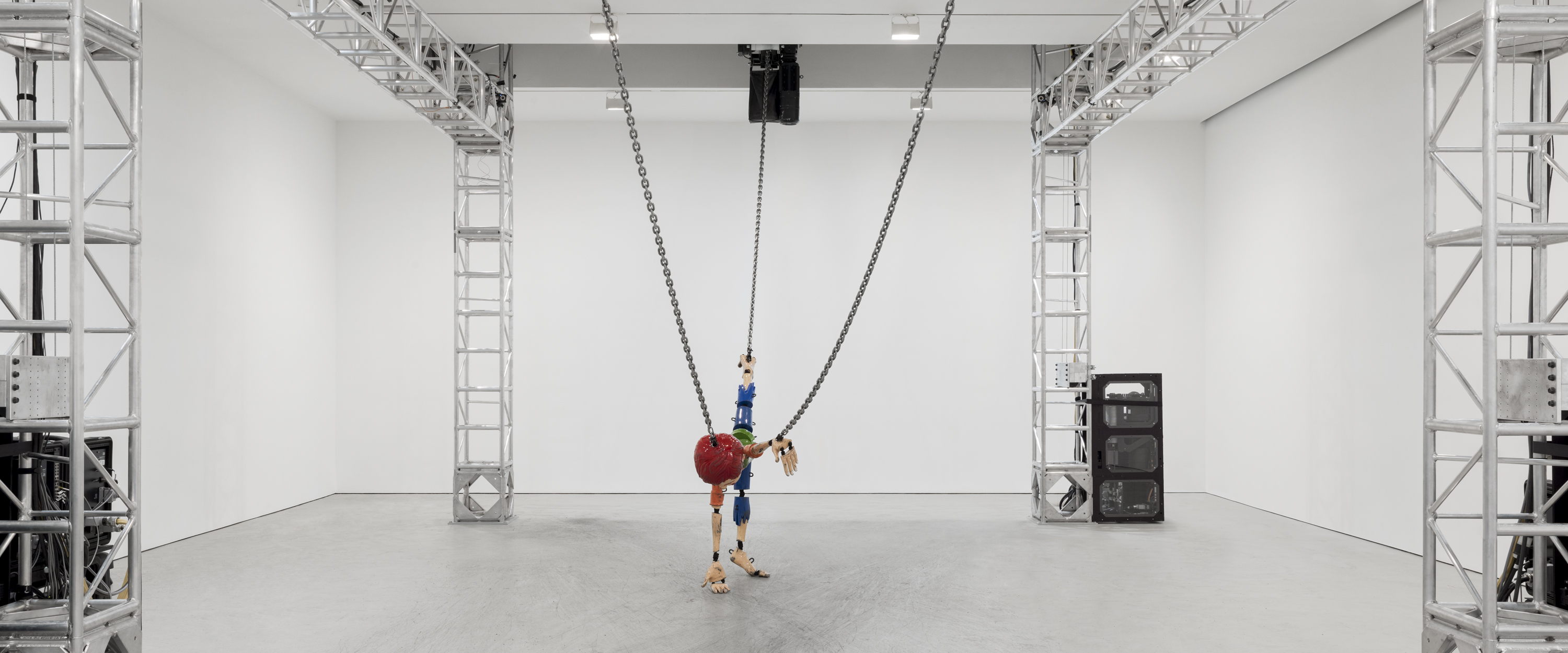
David Zwirner was born in Germany in 1964 to Rudolph and Ursula Zwirner, two art dealers who had opened up an art gallery in their new home Cologne just one year before. Zwirner’s grew up surrounded by art – the ground floor f his childhood home in fact being that gallery – and in some sense, deflected by it. He describes his relationship with the art world as something of an oedipal complex, as he resisted for so long his talent and interest in the industry of art dealing due to a fear of following in his father’s footsteps. Zwirner’s first foray was in fact far from the meditative rooms of his galleries in London and New York: rather, the NYU graduate pursued a career in drumming and record dealing in New York and Hamburg while slowly developing his own collection.
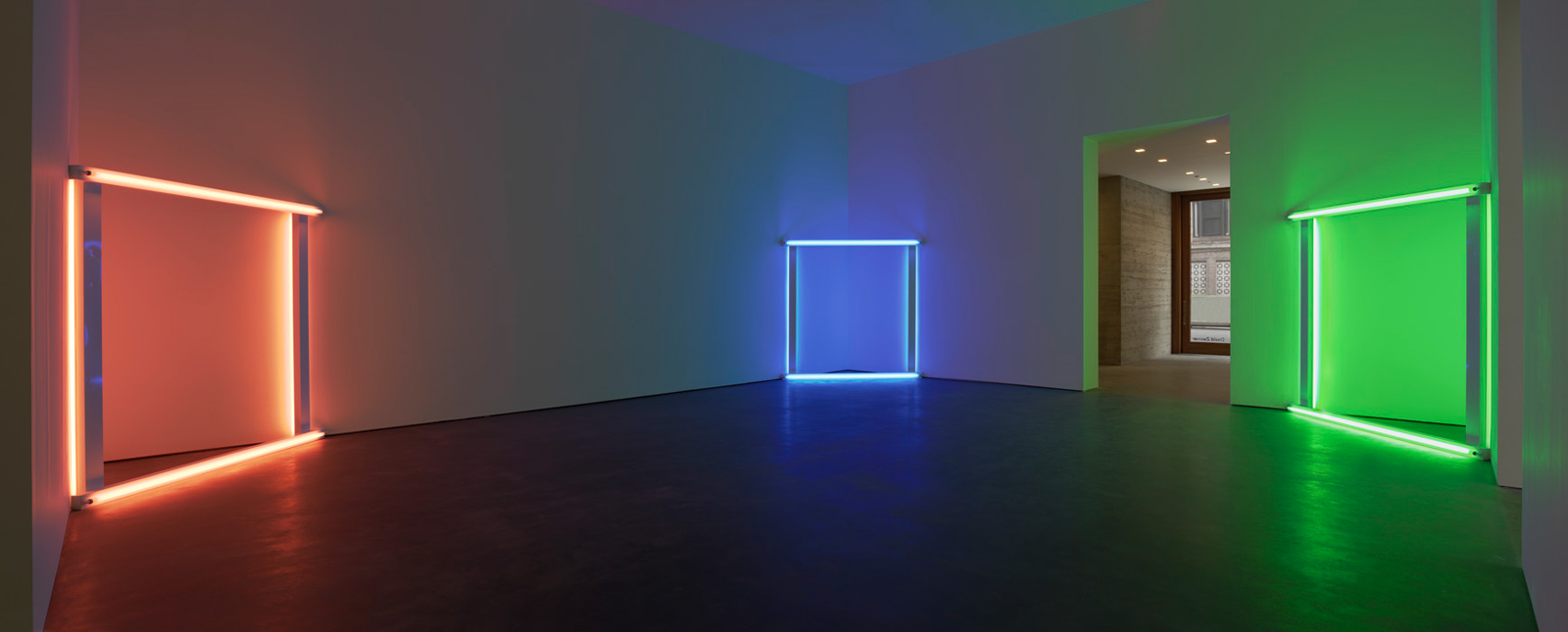
It wasn’t until Zwirner returned to New York that he took up his first role as an art dealing assistant at Brooke Alexander in Manhattan. As it turned out, Zwirner had little to fear for remaining in his father’s shadow. His first move was to open up David Zwirner in New York’s SoHo in 1993: with a focus on international contemporary artists. It later moved to Manhattan’s lower west side, today’s art hub Chelsea, expanding from 10,000 to 30,000 sq feet; this move was repeated in 2013 with an additional space neighboring the Chelsea digs, making Zwirner’s New York presence a combined total of 60,000 sq feet. Zwirner also opened a gallery in London’s Mayfair district in 2012, with an inaugural exhibit by Luc Tuymans.
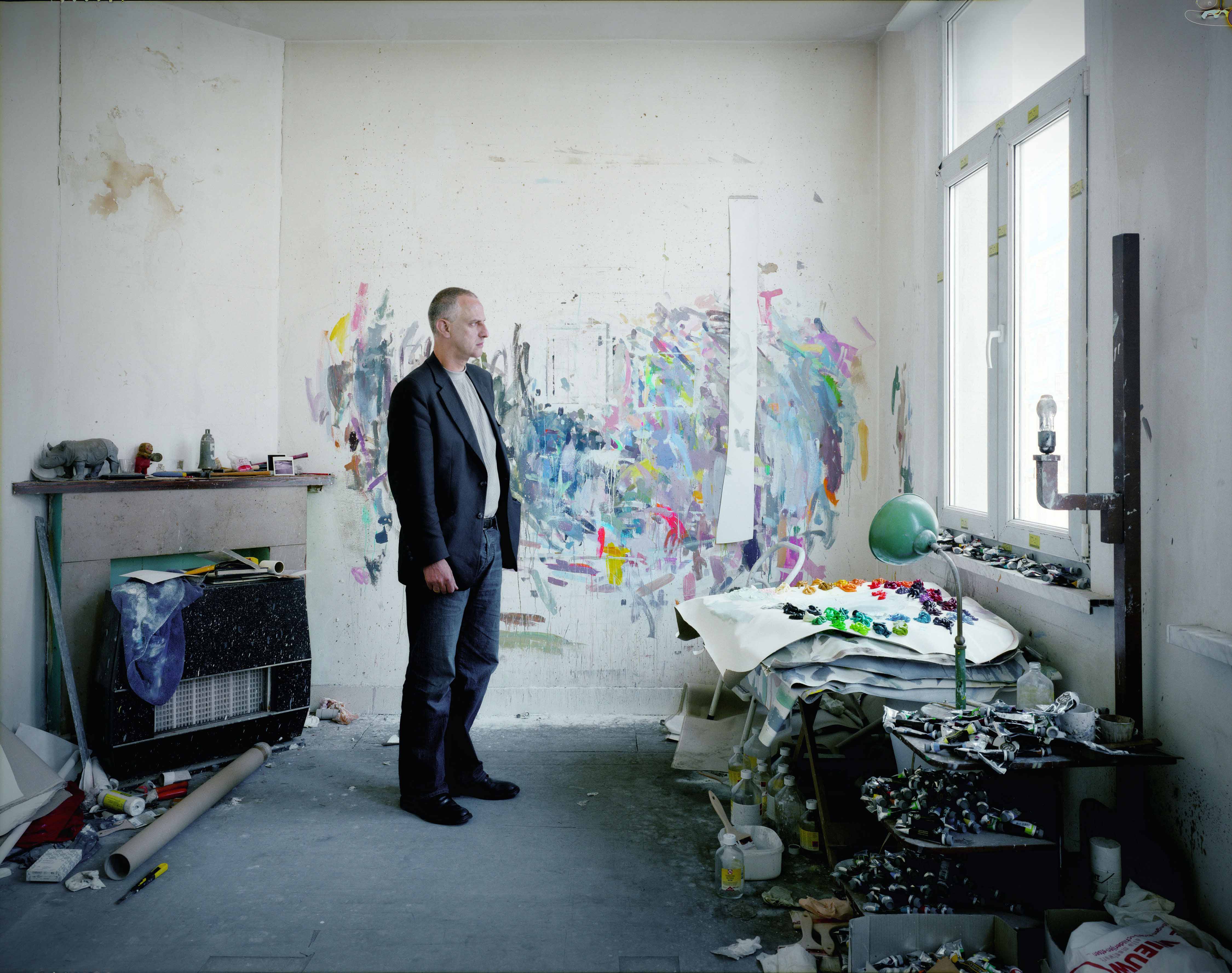
He has mentored artists such as Paul McCarthy, Jason Rhoades, Donald Judd and Dan Flakin. His gallery is a temple of minimalism. He says he finds in minimalism an “undervalued” “pure perfect form” in an interview with Charlie Rose. The work of Doug Wheeler, a minimalist west coast based artist showcasing light installations arranged by David Zwirner for is currently being displayed in New York for the second time.
The dealer and gallerist also selects artists with his sensitivity and gives them a chance. He wants to invite a stable of artists to create a different atmosphere within his gallery. This approach is what he is best known for. He nurtures people around him, whether it is by inviting artists to his home dinner parties, making feel at ease or by considering and promoting long-time staff members. But behind the caring and sensible gallerist hides a competitive art dealer. The drop of artist Franz West in the 90’s for Gagosian created a shift into David Zwirner’s business vision.
In 2000, Zwirner joined forces with British collector Ian Wirth, together opening secondary- market sales location “Zwirner & Wirth” in NYC. Ian and David parted ways in 2009, three years after Zwirner’s massive expansion of his Chelsea gallery. Wirth went on to open a branch of his international Hauser & Wirth gallery in Chelsea in 2013, perhaps following Zwirner’s earlier move in 2002. Ironically, Zwirner also opened up a second gallery in Chelsea in the same year, and its secondary-market sales allegedly created backwashes within the art world of art dealers and artists. But never one to follow the norms, Zwirner wholeheartedly supports the “unregulated” potential of the art market as he believes that is where the real breakthroughs in the art world happen.
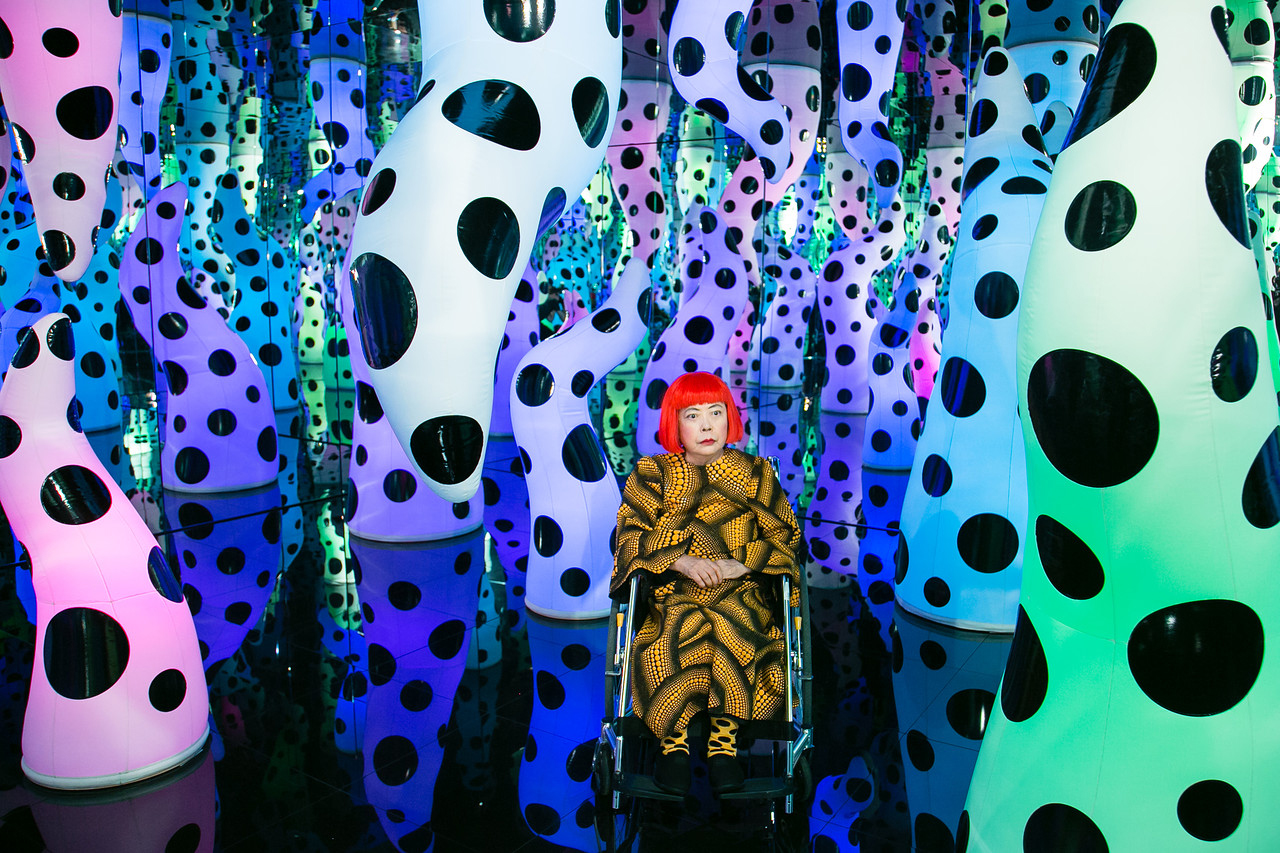
Though 20 years the junior of Gagosian, David Zwirner has courted some of the former’s exclusive artists such as Richard Serra, Jeff Koons and Yayoi Kasuma to a great success, even representing them simultaneously. He has also foraged new talent and shaped the New York art scene like a European knows best, scouting then-little-known artists Franz West, Stan Douglas and Luc Tuymans in Documenta during the “art slump” of 1992. As an internationally-minded gallery, Zwirner’s presence is hotly anticipated at traveling art fairs, having been a key figure of Frieze since its inaugural season. Championing the pillar figures of contemporary art while spotlighting emerging talent, Zwirner’s hunger for developing his collection and his guileless will to put out all the stops in his dealing practice puts him at the forefront of the art market as a landmark force.
